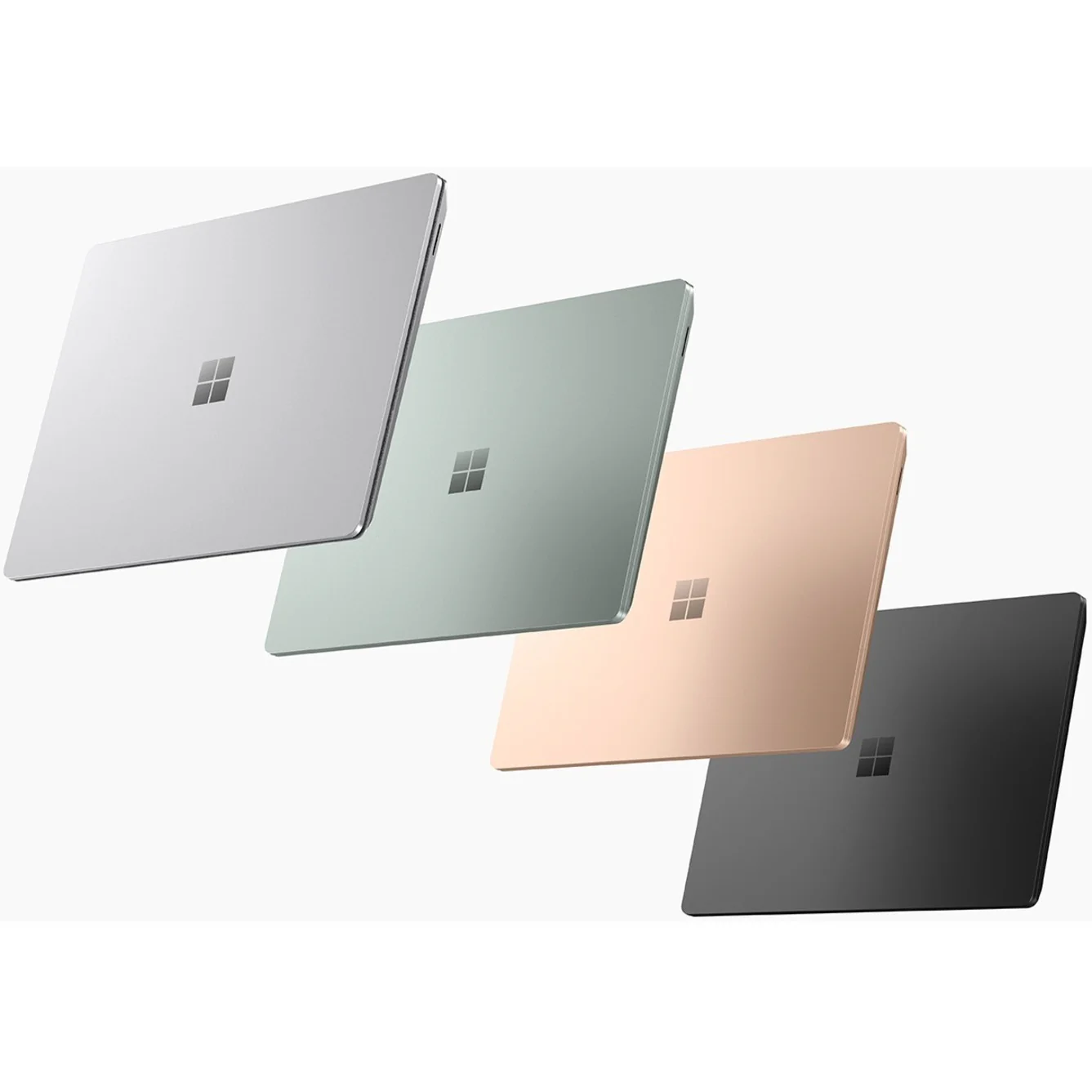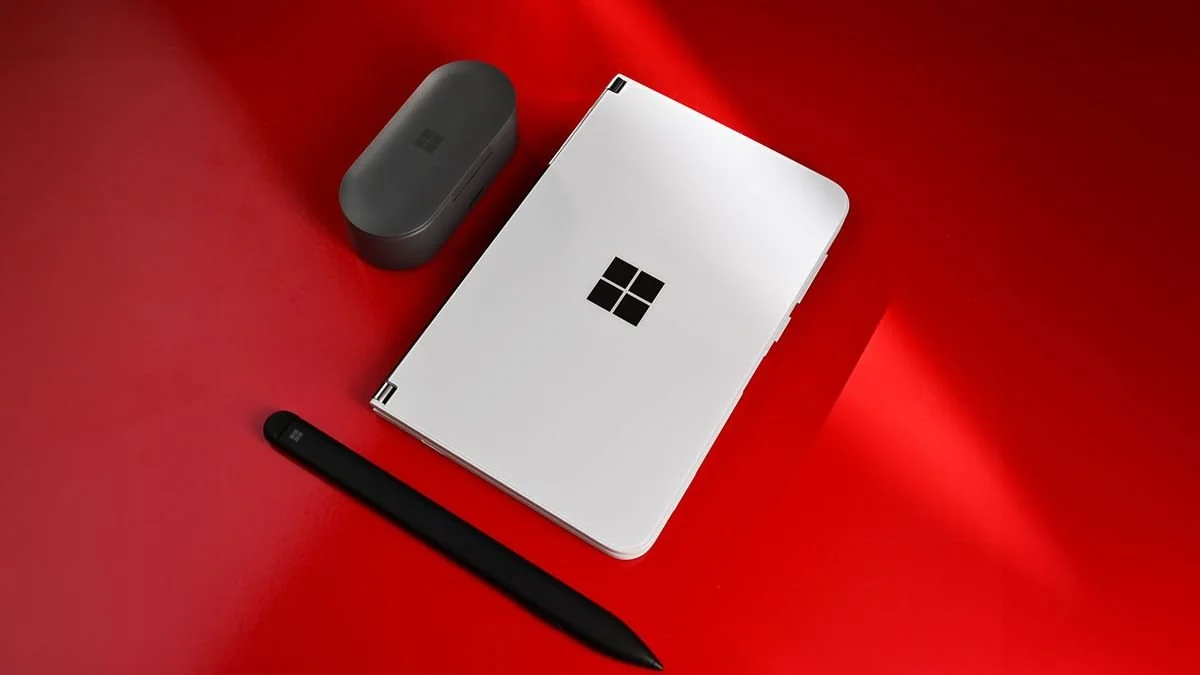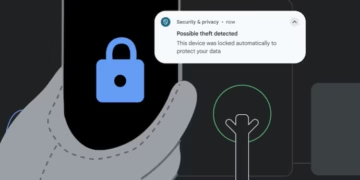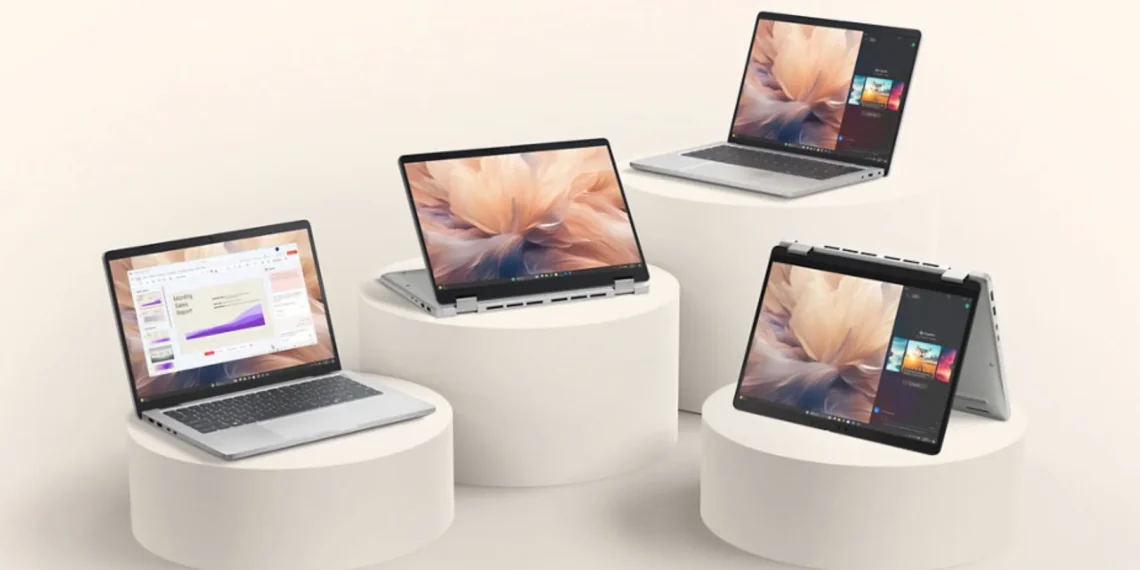Microsoft has announced changes to its Surface product lineup, focusing on simplifying its offerings. As part of this shift, the Surface Laptop Studio 2 is reportedly being discontinued, and there are no indications of a successor. This move aligns with Microsoft’s strategy to move away from niche or experimental designs in favor of a more streamlined and unified approach to its hardware products.
The decision comes alongside other adjustments to Microsoft’s broader device strategy, which emphasizes creating consistent user experiences. By narrowing its product range, Microsoft appears focused on optimizing its resources while continuing to support devices powered by platforms like Windows 10 and integrated systems like Azure and Office 365.
Key Takeaways
- Microsoft is discontinuing the Surface Laptop Studio 2.
- The Surface lineup will focus on simpler, more consistent devices.
- No successor for the Laptop Studio 2 has been announced.
Frequently Asked Questions

What are the technical details of the Surface Laptop Studio 2?
The Surface Laptop Studio 2 was designed as a versatile device suited for both work and creative tasks. It featured a powerful processor, a GPU supporting intensive workloads, and a high-resolution touchscreen. The device also supported multiple configurations for RAM and storage, making it adaptable to various user needs. For a deeper dive into its design and functionality, visit Microsoft’s official feature page for the Surface Laptop Studio 2.
When was the Surface Laptop Studio 2 initially launched?
The Surface Laptop Studio 2 hit the market as an updated iteration of Microsoft’s hybrid form factor. It was first released in September of 2023, aimed at professionals needing both performance and flexibility.
What is expected in the upcoming Surface Laptop Studio 3?
While Microsoft has not yet officially unveiled details for the Surface Laptop Studio 3, improvements are anticipated in performance, display technology, and battery life. Updated chips and enhanced refresh rates could position the new model as a competitive offering. Keep an eye on Microsoft’s product updates for official announcements.

Is Microsoft ending the Surface Studio line?
Microsoft has been simplifying its Surface lineup, which includes a phase-out of some devices like the Surface Laptop Studio 2. This has led to questions about other products in the line. According to recent reports, Microsoft appears to be streamlining, but specific plans for the Surface Studio product line remain unclear. More details may emerge in future company announcements.
How does the Surface Laptop Studio 2’s screen refresh rate compare to rivals?
The Surface Laptop Studio 2 supported a 120 Hz refresh rate, offering smoother visuals for tasks like drawing, video editing, or gaming. While competitive with other high-end laptops in this category, some alternatives in the same price range also include panels with similar or slightly better refresh rates for specific use cases.

Will the Surface Laptop Go 2 receive ongoing support from Microsoft?
The Surface Laptop Go 2, although not part of the same “Studio” series, is expected to continue receiving Microsoft updates for an extended period. Microsoft traditionally supports Surface devices for several years, ensuring software updates and security patches remain available. Specific timelines for support can be checked on the official Microsoft Surface support page.
For those who were still considering purchasing a Surface Laptop Studio 2, there’s no need to worry. Microsoft has a variety of other amazing devices, such as the Surface Pro and Surface Book, that offer similar features and capabilities. Plus, with the end of life announcement, it’s likely that there will be some great deals on the remaining stock of Surface Laptop Studio 2s.
While it’s always sad to see a beloved device come to an end, it’s important to remember that technology is constantly evolving, and Microsoft is always working on the next big thing. So let’s say farewell to the Surface Laptop Studio 2 and look forward to what the future holds for Microsoft’s innovative devices.





































